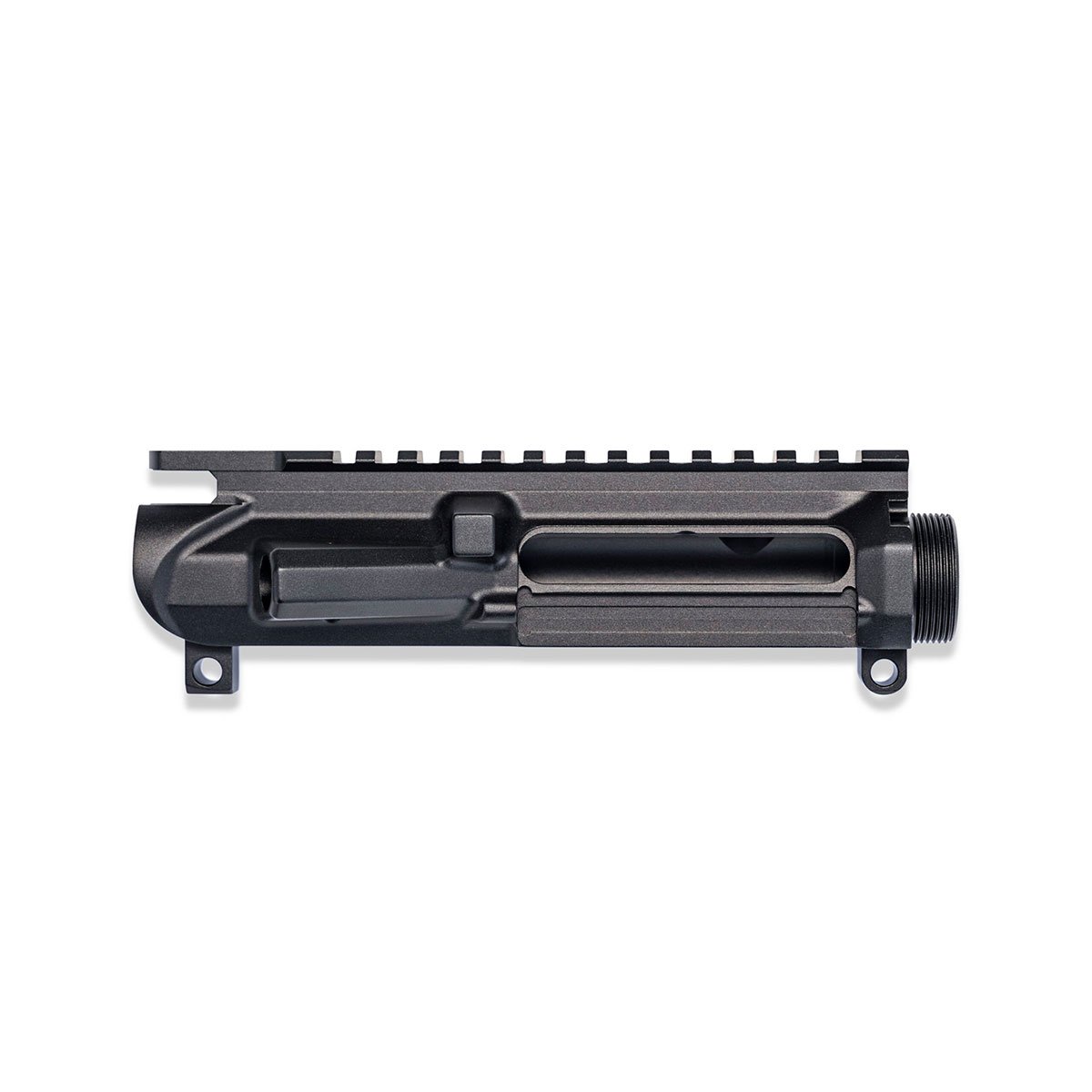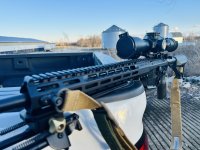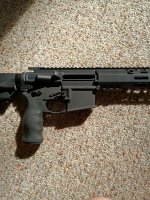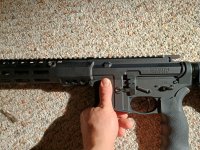M89 Broadsword uppers are now in stock at Rooftop Defense...if I didn't just buy a San Tan Billet Upper I'd get grab one

Sons of Liberty Gun Works AR/M4 Stripped Broadsword Upper Receiver | Rooftop Defense
Buy Sons of Liberty Gun Works AR/M4 Stripped Broadsword Upper Receiver | Sons of Liberty's flagship stripped upper made for use with their Drivelock rails.www.rooftopdefense.com
Now I see what y'all are talking about I didn't know they had a earlier model without the anti-rotation tabs machined in the upper for the handguard.
All of mine are the M89, as shown in this build review. I've got 4 or 5 now and I'm extremely impressed with the quality and rigidity.
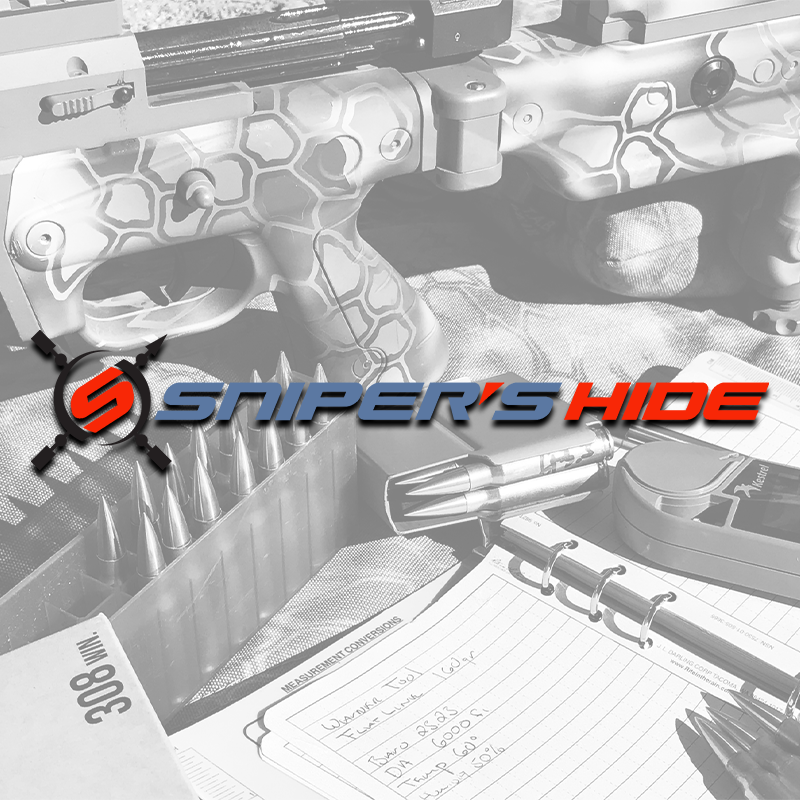
Geissele Cut Rifled SPR Build and Barrel Evaluation. (Part 4 (Load Development 28MAY25) Update!!!
Hello Snipershide! Geissele Automatics has been offering Single Point Cut Rifled Barrels for close to two years now but they've been restricted to the 6 ARC Stratomatch or blanks that the end customer could have custom turned from barrel manufacturers like White Oak Armory. Two weeks ago...

